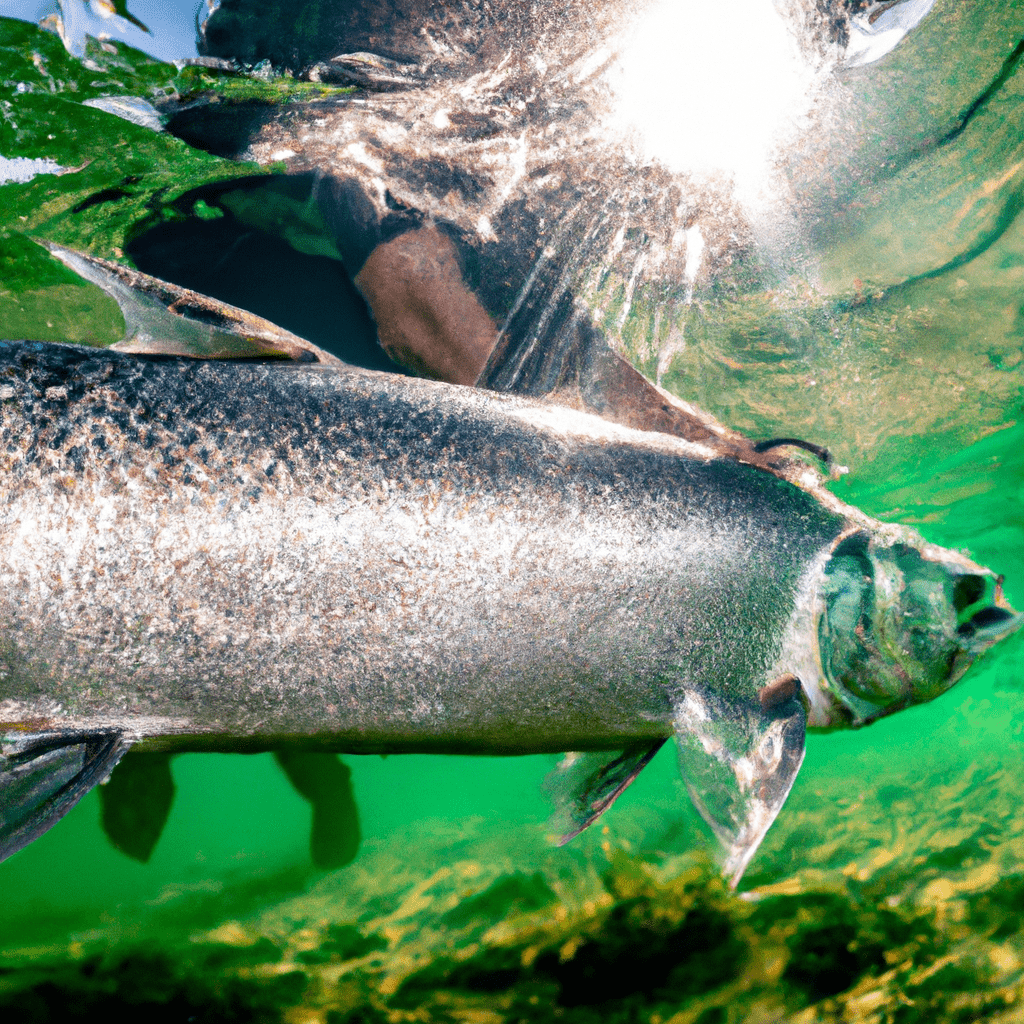Imagine you’re out on the open water, your fishing rod in hand, searching for the elusive tarpon. As you navigate the currents, you can’t help but wonder: what role do these currents play in tarpon fishing?
Well, prepare to dive into the depths of this fascinating topic. In this article, we’ll explore how currents influence tarpon behavior, how to recognize and utilize current patterns, and the strategic positioning needed for a successful tarpon fishing experience.
So, get ready to ride the waves and discover the secrets of tarpon fishing with the power of currents.
Understanding Tarpon Behavior in Relation to Currents
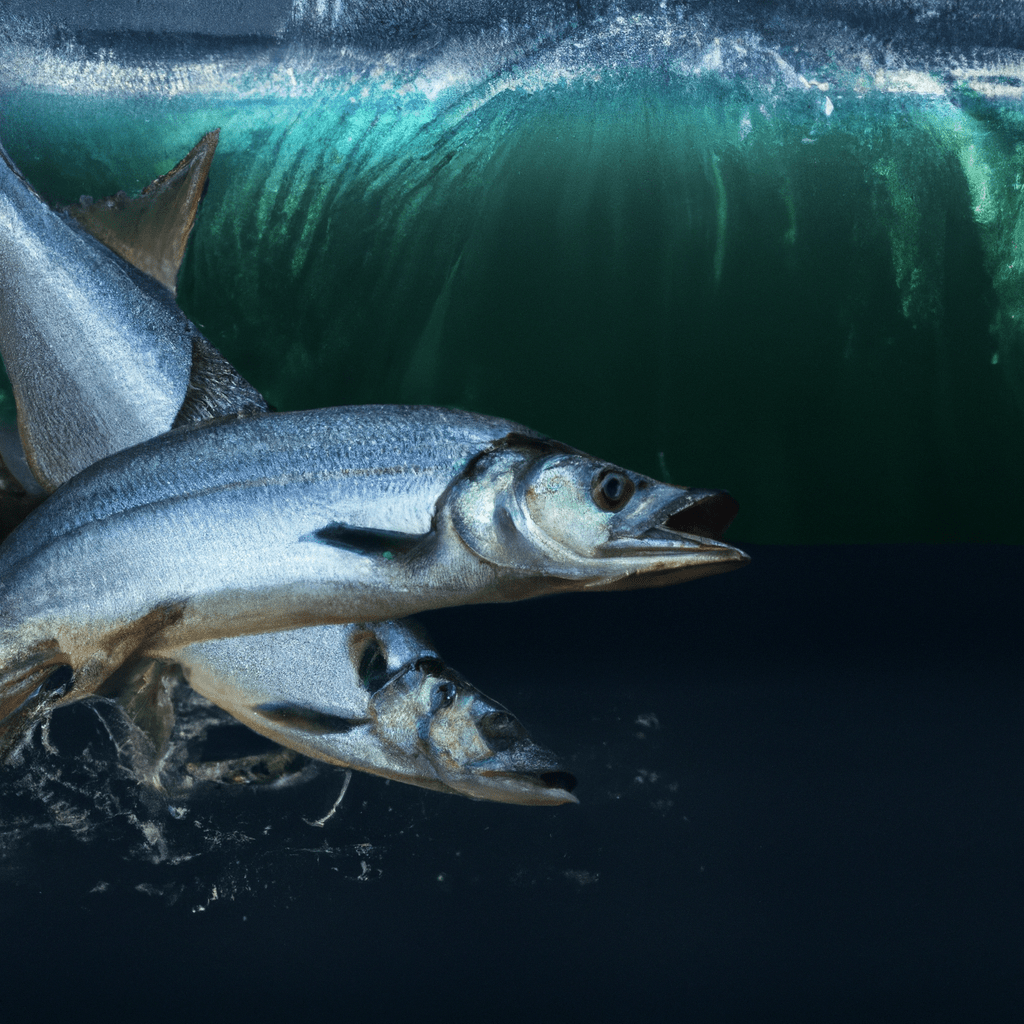
To improve your tarpon fishing skills, you must understand how tarpon behavior is influenced by currents. Tarpon feeding habits are closely linked to the movement of currents. These powerful fish tend to gather in areas where there’s an abundance of prey, and currents play a crucial role in bringing the food to them.
As the currents carry baitfish and other prey items, tarpon follow the flow, positioning themselves strategically to take advantage of the easy meal opportunities. Additionally, tidal currents have a significant impact on tarpon migration patterns. During certain tidal phases, the strength and direction of the currents can influence the movement of tarpon, guiding them towards specific areas for feeding or spawning.
How Currents Influence Tarpon Movement

You can observe how currents influence tarpon movement by studying their behavior in relation to the flow of water. Tarpon migration patterns are greatly influenced by the strength and direction of currents. Here’s how currents impact tarpon movement:
- Feeding patterns: Tarpon tend to gather in areas where currents bring in a steady supply of food. They use the flow of water to their advantage, positioning themselves strategically to ambush prey that’s being carried by the current.
- Spawning behavior: Currents play a crucial role in tarpon reproduction. They use the movement of water to transport their eggs and larvae to suitable spawning grounds. The strength and direction of currents can determine the success of their reproductive efforts.
- Weather effects: Tarpon movement is also influenced by weather conditions such as wind and tides, which are closely related to currents. Changes in weather patterns can alter the flow of water, causing tarpon to adjust their movement patterns accordingly.
Recognizing and Utilizing Current Patterns
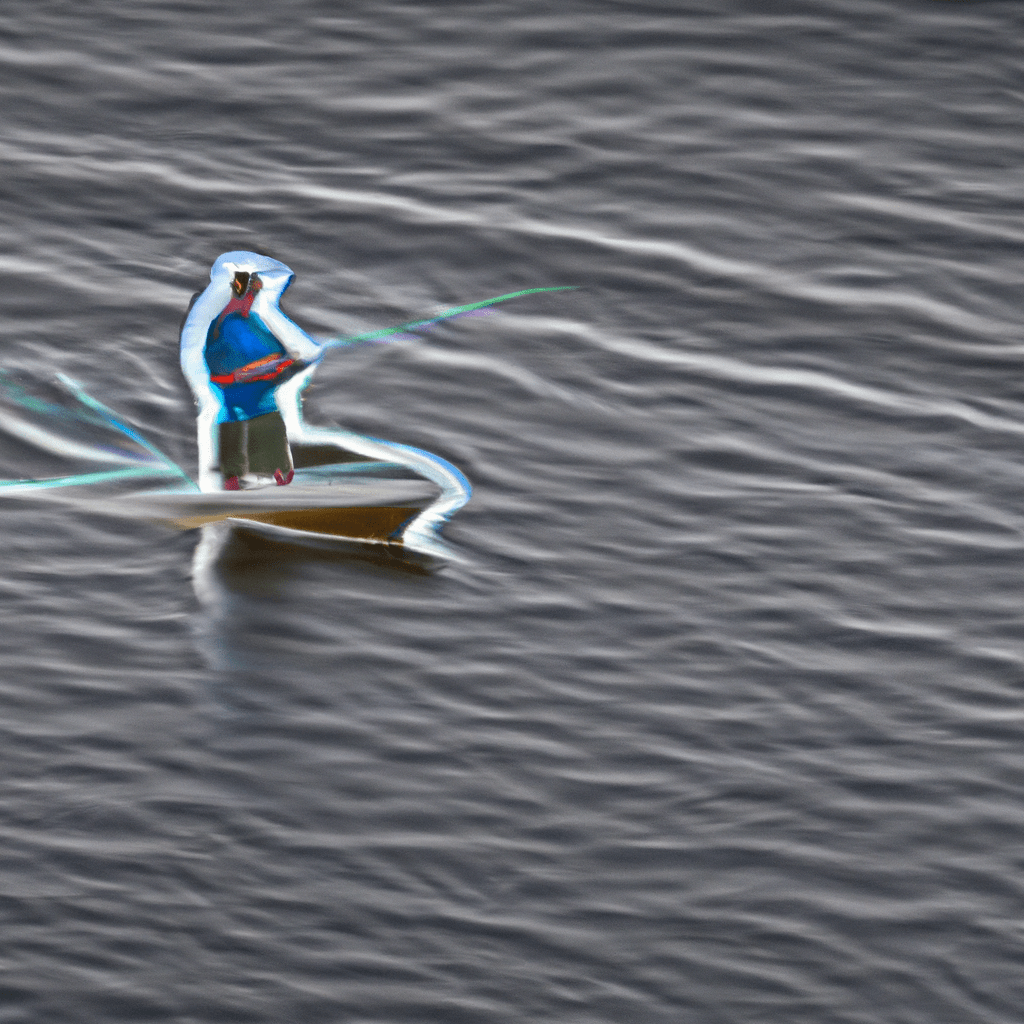
By paying attention to the movement of the water, you can effectively recognize and utilize current patterns while tarpon fishing. Understanding the importance of tidal currents in tarpon fishing is crucial for maximizing your chances of success. Tidal currents play a significant role in the behavior and feeding patterns of tarpon. By reading water currents, you can identify areas where tarpon are likely to gather for feeding opportunities.
To help you better understand how to recognize and utilize current patterns, refer to the table below:
| Current Pattern | Characteristics | Fishing Strategy |
|---|---|---|
| Flood Tide | Inward flow of water towards the shore | Look for tarpon near shallow areas and structures |
| Ebb Tide | Outward flow of water away from the shore | Target tarpon in deeper waters or channels |
| Slack Tide | Minimal or no water movement | Focus on areas with potential baitfish concentrations |
| Tidal Rips | Strong, turbulent currents | Locate areas with baitfish schools and tarpon feeding frenzies |
Strategic Positioning for Tarpon Fishing Success
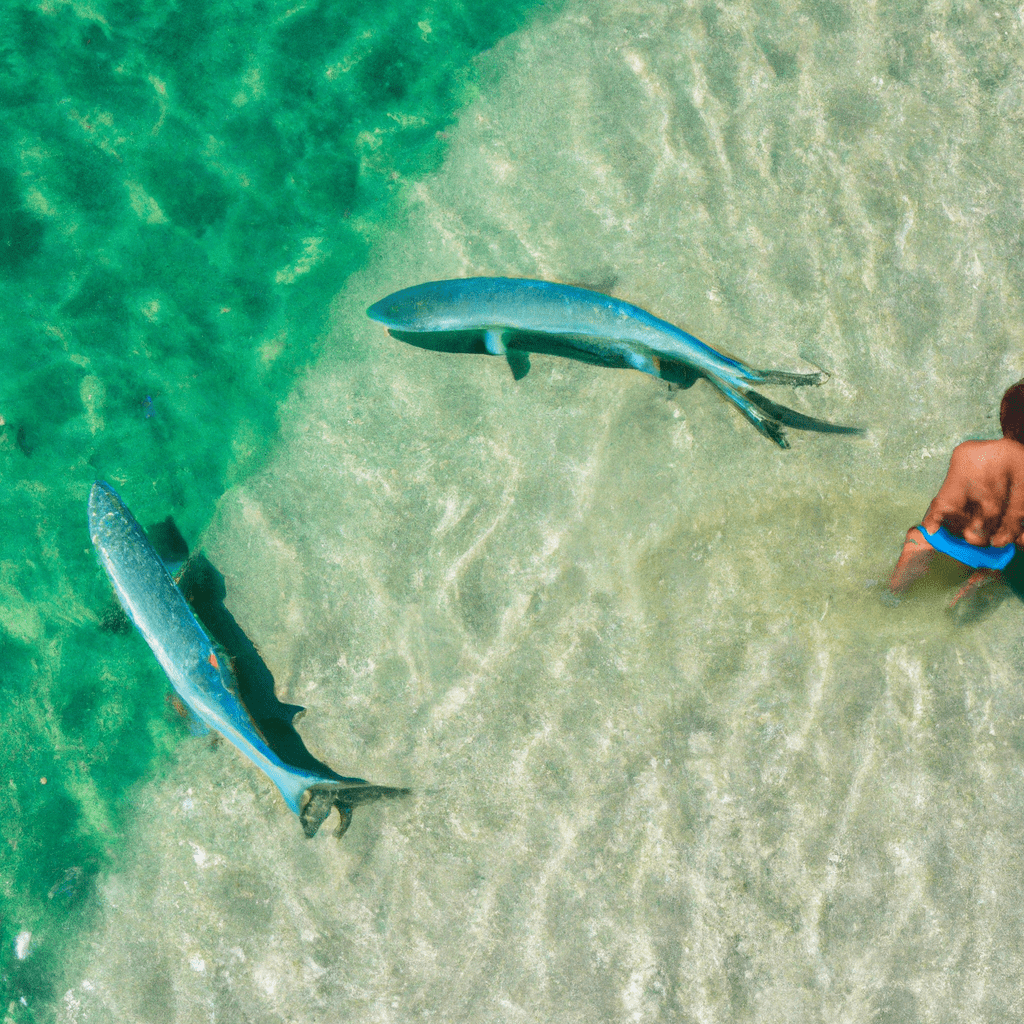
Successfully positioning yourself strategically is crucial for maximizing your chances of tarpon fishing success. To achieve this, you should consider the following strategies:
- Optimal bait selection: Choose bait that mimics the natural prey of tarpon, such as mullet or crabs. This will increase your chances of attracting these elusive fish.
- Timing the tide: Tarpon are known to be more active during certain phases of the tide. Understanding the tide patterns and fishing during the optimal times can greatly improve your success rate. For example, fishing during incoming tides when tarpon are actively feeding near inlets or channels can increase your chances of a successful catch.
- Positioning in relation to current: Position yourself in areas where the current is strong but not too turbulent. Tarpon tend to congregate in areas with moderate current flow, such as along drop-offs or near structure. By positioning yourself in these areas, you increase your chances of encountering tarpon.
Techniques for Fishing in Different Current Conditions
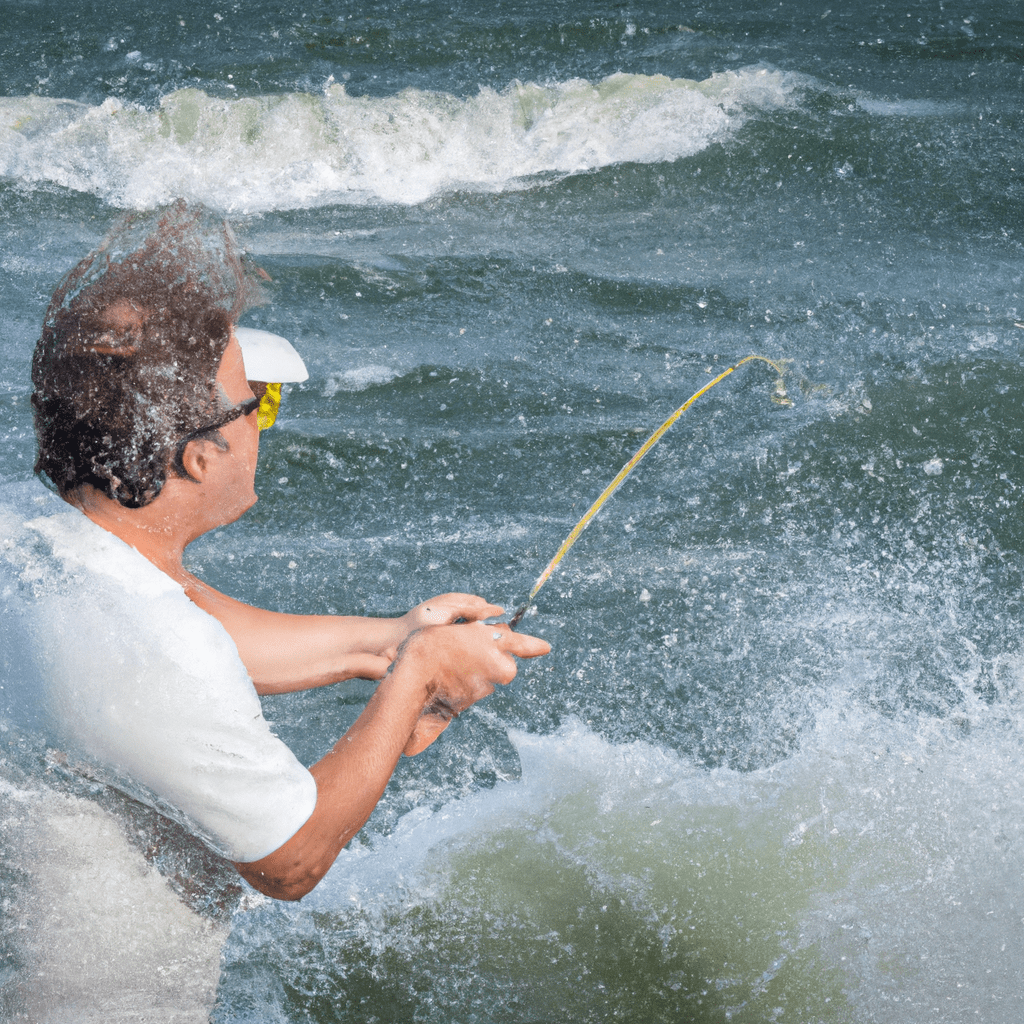
To effectively fish in different current conditions, it’s important to utilize various techniques that can adapt to the changing flow of water.
When it comes to fishing gear, selecting the right equipment is crucial. In strong currents, heavier rods and reels are recommended to provide the necessary strength and control. Additionally, using braided lines can help to withstand the force of the current and provide better sensitivity for detecting bites.
Bait selection is also important when fishing in different current conditions. In fast-moving currents, using live bait such as mullet or shrimp can be effective, as their natural movement can attract tarpon. Alternatively, artificial lures that imitate the movements of baitfish can also be successful.
Frequently Asked Questions
What Is the Best Time of Day to Fish for Tarpon in Relation to Currents?
The best time of day to fish for tarpon in relation to currents depends on the location of the best fishing spots and the impact of moon phases. Understanding these factors will increase your chances of a successful catch.
How Do Tides Affect Tarpon Behavior and Feeding Patterns?
Tides affect tarpon behavior and feeding patterns by influencing the timing and routes of their migration, as well as the location and availability of their preferred prey. Understanding these effects is crucial for successful tarpon fishing.
Are There Specific Types of Lures or Bait That Work Better in Certain Current Patterns?
Certain types of lures and bait may work better in specific current patterns when tarpon fishing. Consider the best time of day to fish for tarpon and how it aligns with the currents for optimal results.
Can Weather Conditions Such as Wind Direction and Speed Influence Tarpon Movement in Relation to Currents?
Weather conditions, such as wind direction and speed, can indeed influence tarpon movement in relation to currents. These conditions can impact the way currents flow, which in turn affects tarpon feeding behavior.
Is It Possible to Predict the Strength and Direction of Currents in a Certain Fishing Spot Before Going Out on the Water?
You can predict current patterns before fishing by understanding their impact on tarpon feeding behavior. Knowing the strength and direction of currents helps you strategize and increase your chances of a successful catch.

